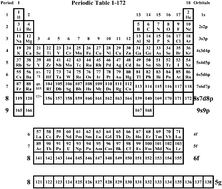HOT Perspective review article – read it now
David LeBard and Dmitry Matyushov show that standard considerations based on rules of Gibbs thermodynamics are not sufficient, and the dynamics of the protein and the protein–water interface need to be involved. The protein–water tandem allows both the formation of a ferroelectric mesophase in the hydration shell and an efficient control of the energetics by manipulating the relaxation times.
Protein–water electrostatics and principles of bioenergetics
David N. LeBard and Dmitry V. Matyushov
Phys. Chem. Chem. Phys., 2010, DOI: 10.1039/C0CP01004A












 Pekka Pyykkö
Pekka Pyykkö 

